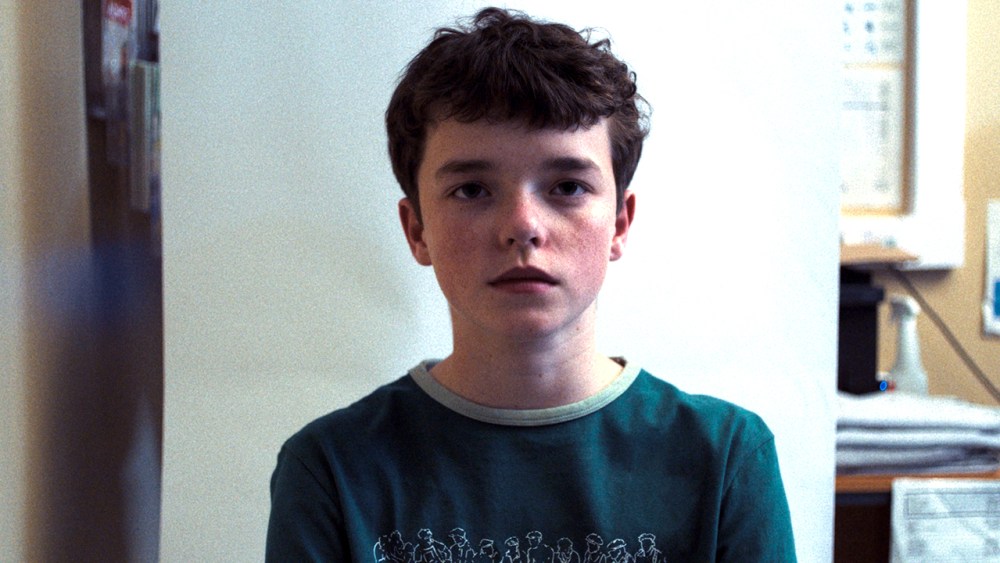A person's voice sings silently can evoke a human or inhuman way, relying on the behavior we see on the screen.
Among both, the streaming sequence is the case, done otherwise, but done with the same purpose: Aaron Might and David Ridley's “Adolescent” music, and “Monster: The Story of Lyle and Erik Menendez”, laboured by Thomas and Julia Newman's father. Each airs on Netflix.
For a four-hour story “puberty”, several 13-year-old British boys were charged with homicides by female classmates, documentary-style shooting requires any rating to be “so sensitive, especially so”. “You don’t need to pay attention to breaking realism.”
One of their key decisions was combined with the voice of young actress Emilia Holliday, who was performed patient Katie Leonard. “Through the whole order, we will never hear her communication,” might point out. “We saw her pictures and we did feel her presence in the story, but she had no voice.”
Director Philip Barantini discovered Emilia was a “desire singer” and might research it. “There is a form of amazing adolescent vulnerability. Soundly, it's so good, for college students, it's so great, and a good feeling for grades. By filling the sound in the music, her character can gaze at the whole story.”
The remaining ratings selected are also well known. “We were excited about these sounds and accompanied by breathing,” Ridley said. They chose a bass recorder (“a fairly fascinating instrument through the way”) and an outdated, barely greeted Victoria pump organ.
In addition, they recorded 35 children’s choirs, initially for Sting’s track “Frighile,” but in addition, this also had a lot of vocal exercise routines that became helpful in the ratings. Ridley said: “The topics you hear at the beginning of each episode have voices, but there are a lot of teachers’ kids behind them.
Additionally, the sound from “monster” is suddenly used in an unsettling method, especially in episode 2, where the Menendez brothers' parents shotgun their father and father died, and then revisit the scene a few hours later. For the pictures of bloody bodies in the horror lounge, we hear a female singer singing “buzz” multiple times in the sound of quiet piano and synthesizer.
“Thomas Newman explains, “It was a Julia concept, something she wrote in a short time as an introduction to more ways to do piano work.” It draws in some way from what he calls “the deep psychological or emotional subtext behind murder. What I get from this subject is a form of emotional hunger.”
How do performers react? “Like something amazing, it hits the cold water you want,” Thomas said. “There's one thing that's attractive.” Julia Newman confirmed it was her personal voice, and later “Haha,” “shhh” renditions, and the different vocal textures that often appear in nine nines
Hour miniseries.
The composer (second collaboration, second only to the 2024 FX miniseries Forud) strives to stay away from any bias. “We don't need to have any concepts about what we think is an introductory or no business,” Thomas said. “We're actually doing the movement because we noticed it in the second second.” Offering Julia: “There are also great models and humor in the character,” where the music performs the task.
“Just because the current people match a real crime structure, that doesn't mean it needs to be these soft drones… there's a lot of room to play with models and it doesn't feel simply weird or sympathetic,” she said. They recruited a companion of musicians to add guitars and woodwinds to enhance keyboards and synthesizers.
Posts How Solo Sounds Turn Keys to “Monster” Scores in “Adolescent” Appear first Allcelbrities.

